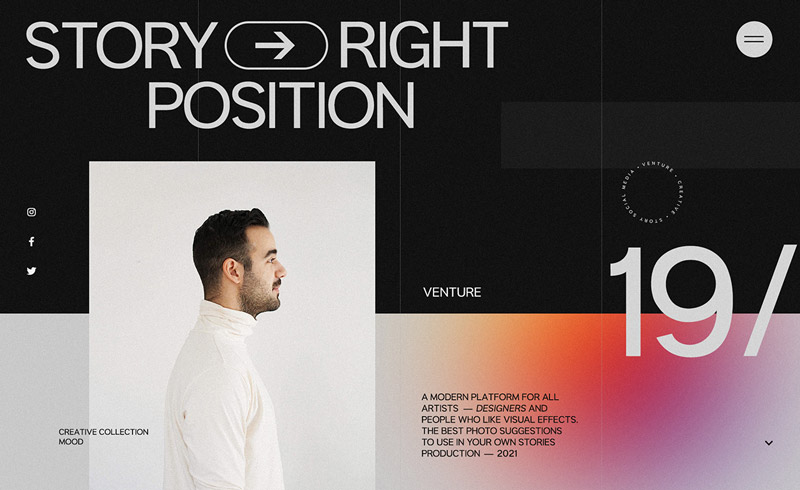Timeline Tales
Exploring the stories that shape our world, one timeline at a time.
Web Design Trends That Will Make You Rethink 'Simple'
Discover cutting-edge web design trends that transform simplicity into stunning experiences. Are you ready to rethink what 'simple' really means?
Exploring Minimalism: Why Less is Often More in Web Design
In the world of web design, minimalism has emerged as a powerful trend, characterized by its simplicity and utility. The philosophy of 'less is more' encourages designers to remove unnecessary elements and focus on what truly matters—user experience and content. By utilizing ample white space, clean lines, and a limited color palette, designers can create aesthetically pleasing layouts that guide users' attention to crucial information. According to Smashing Magazine, minimalistic designs not only enhance visual appeal but also improve site performance by reducing load times and complexity.
Furthermore, embracing minimalism in web design can lead to better accessibility and usability. When information is presented clearly and concisely, users can navigate through the site more intuitively. This approach not only caters to a broader audience but also aligns with best practices in search engine optimization (SEO). Websites that prioritize user-friendly designs tend to have lower bounce rates and higher engagement, ultimately helping in SEO performance. By adopting a minimalist design strategy, designers and brands can foster a stronger connection with their audience, paving the way to lasting impressions and conversions.

The Rise of Micro-Interactions: Enhancing User Experience Through Subtle Design
The digital landscape is constantly evolving, and one key aspect of this evolution is the rise of micro-interactions. These subtle design elements, often overlooked, play a crucial role in enhancing the overall user experience. From simple animations that respond when a user hovers over an icon, to notifications that provide feedback on user actions, micro-interactions contribute to a more engaging and intuitive interface. They help users navigate websites and applications seamlessly, making complex interactions feel straightforward and user-friendly.
Moreover, micro-interactions are not just about aesthetics; they serve a functional purpose as well. By incorporating these small yet impactful design elements, brands can enhance user experience and retention rates. For instance, a study by Smashing Magazine highlights that effective micro-interactions can provide critical feedback, guide users towards their goals, and even evoke emotions that foster brand loyalty. As designers and developers continue to explore the potential of micro-interactions, their significance in modern web design cannot be understated.
Is 'Simple' the New Complex? Redefining Minimalism in Modern Web Design
The rise of minimalism in modern web design has transformed how we perceive simplicity. Is 'Simple' the new complex? This question arises as designers balance the need for aesthetic appeal with the functionality of a site. As users seek faster loading times and intuitive navigation, minimalistic designs often provide clarity. Emphasizing essential elements helps eliminate distractions, allowing users to focus on what truly matters. According to a study by Nielsen Norman Group, simplified layouts enhance user satisfaction and overall experience, confirming that less is often more in the digital space.
Furthermore, the evolution of web design tools and technologies has paved the way for a new interpretation of minimalist styles. Designers can now employ advanced techniques to create visually striking interfaces while maintaining a clean and simple aesthetic. The integration of white space, vibrant colors, and typography allows for an engaging user experience without overwhelming visitors. As Google Web Dev highlights, the shift towards minimalism doesn't sacrifice creativity; it redefines it, prompting designers to innovate within constraints and push the boundaries of what it means to create a beautifully simple interface.